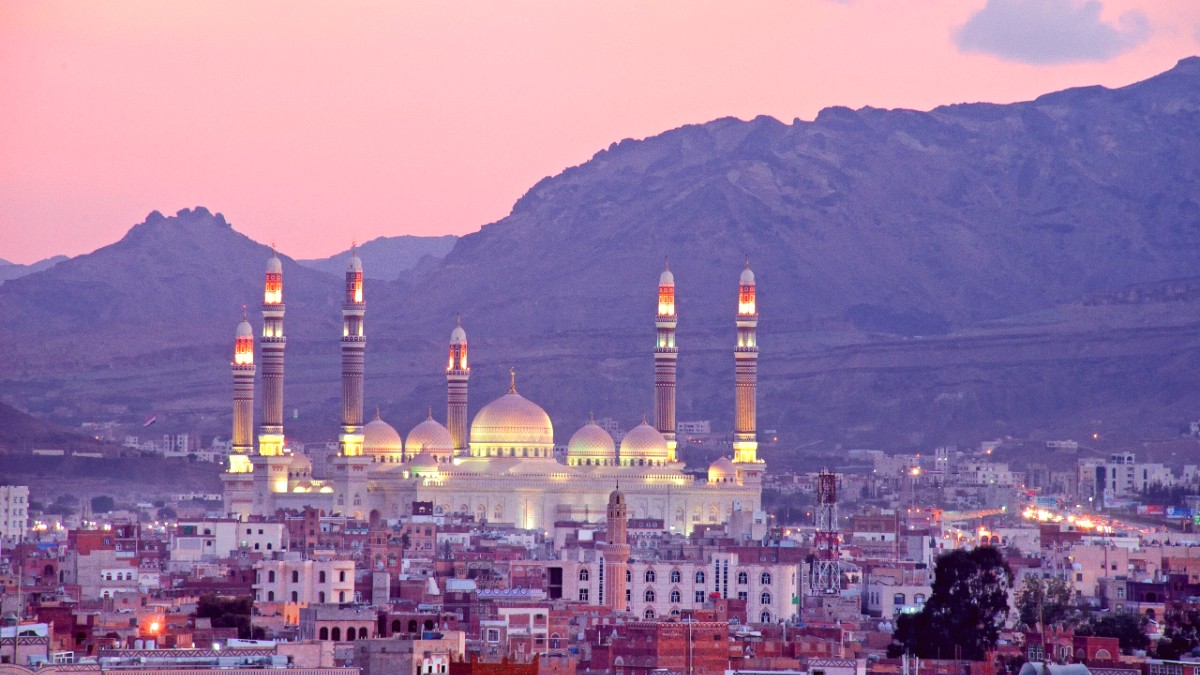
The current situation is profoundly different. Ongoing conflict means Yemen no longer serves as a destination for tourism. Governments globally advise against all forms of travel. This guide conveys information about Yemen's geography, history, and what the present circumstances signify for individuals traveling for aid, journalism, or other essential work.
Travel to Yemen presents extreme dangers. Most international governments strongly advise against all travel due to ongoing conflict, civil unrest, and humanitarian crisis.
Physical safety is the highest concern, surpassing any conventional travel planning considerations.
Yemen is a strategic position at the Bab al-Mandab Strait, a narrow passage between the Red Sea and the Gulf of Aden. Its varied terrain shapes distinct climatic zones and historical events. The country's landscape ranges from arid coastal plains along the Red Sea and Arabian Sea, known as the Tihama, to rugged highlands covering much of the interior. Eastward, vast desert expanses extend towards the borders with Saudi Arabia and Oman. The Socotra Archipelago, in the Arabian Sea, presents a distinct natural environment, quite unlike the mainland.
Yemen's history spans thousands of years, earning it the designation "Arabia Felix" (Fortunate Arabia) in antiquity. This land sustained powerful ancient kingdoms that prospered from the frankincense and myrrh trade. The Sabaean Kingdom, with its capital at Marib, constructed advanced dams and irrigation systems, demonstrating sophisticated engineering for its era. The Himyarite Kingdom followed, eventually embracing Judaism and then Christianity before the advent of Islam.
Flourished through frankincense trade, known for Marib Dam.
Succeeded Sabaeans, later embraced Judaism and Christianity.
Islam reached Yemen rapidly in the 7th century.
Centuries of rule by various dynasties and imams shaped unique heritage.
North and South Yemen united in 1990, establishing the current state.
Islam spread quickly across Yemen in the 7th century, making it one of the earliest regions outside of the Arabian Peninsula to embrace the faith. Over centuries, various dynasties and imams governed parts of Yemen, each leaving a distinctive mark on its architecture, culture, and social structures. The unique mud-brick skyscrapers of the Old City of Sana'a, the fortified city of Shibam, and the historical city of Zabid are monuments to these rich periods.
This region, bordering the Red Sea, faces hot and humid weather all year. Temperatures often reach 30-35°C (86-95°F) or higher, with high humidity. Rainfall is sparse here.
Highlands feature temperate conditions, warm summers, and cool winters, with two rainy seasons. Eastern deserts are hot and dry, with extreme day temperatures often exceeding 40°C (104°F).
Yemen's varied geography and deep history continue to influence its present day challenges and unique character.
Yemen currently faces a complex and dire humanitarian crisis. An armed conflict has devastated the country since 2014, displacing millions of people and causing widespread suffering. The conflict involves multiple factions, including the Houthi movement and forces loyal to the internationally recognized government, backed by a Saudi-led coalition. This situation creates an unpredictable and extremely dangerous environment across most of the country.
Infrastructure, including hospitals, schools, and roads, sustained severe damage. Access to basic necessities like food, clean water, and medical care remains a serious challenge for the population. Millions require humanitarian aid for survival. The economy collapsed, and widespread poverty impacts nearly everyone.
Millions of Yemenis are displaced from their homes, seeking safety and basic provisions.
Hospitals, schools, and roads suffered extensive damage, limiting essential services.
Vast numbers of the population depend on humanitarian aid for survival.
For outsiders, the dangers are immense. The threat of airstrikes, ground fighting, landmines, and unexploded ordnance (UXO) persist in many areas. Kidnapping and arbitrary detention of foreign nationals remain serious concerns. Travel outside secure compounds or without pre-arranged security is inadvisable.